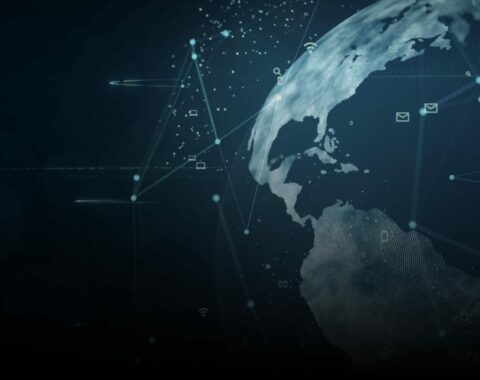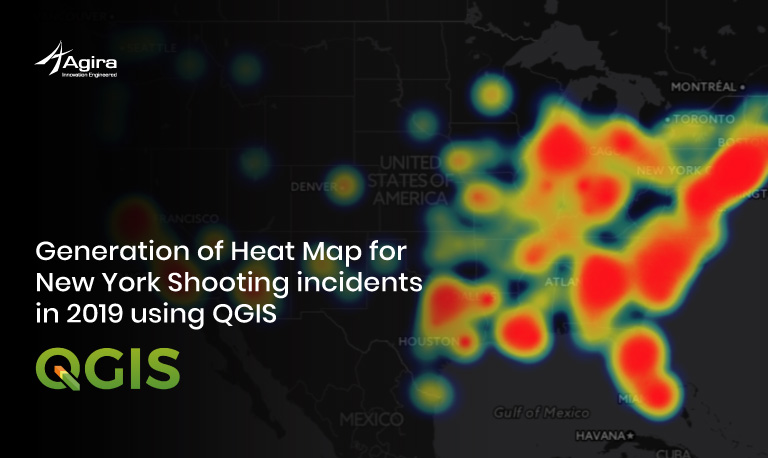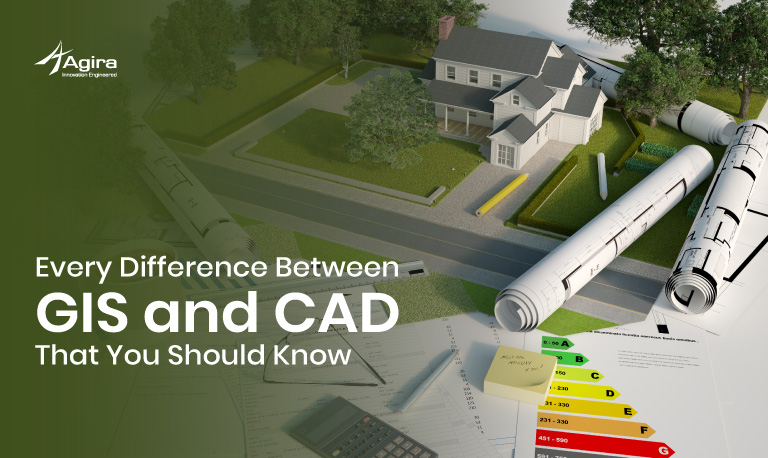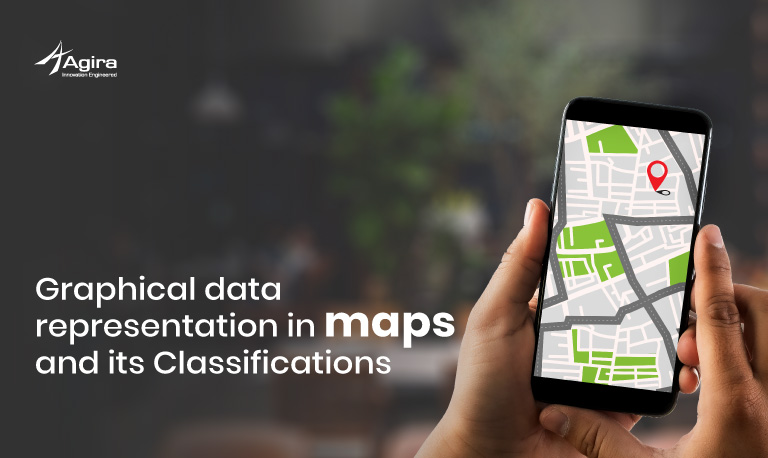Now the fast-growing world has a lot of techniques to collect each and every data. The importance of that data is fulfilled by how we are effectively using it. To analyse the business growth & development is not an easy thing because a cluster of data is used to analyse the business trend & its growth. To simplify the complexity of handling of big data Geospatial analysis techniques is used.
The Power of Spatial Analysis
You can find the exact location of the thing, analyze the closest facilities for the located thing, and how those things are interconnected and how it helps to provide the solution for geospatial problems or informed decisions. Without the effort of spatial analysis, those things are predicted to be very complicated and consume more time.
By using the geospatial analysis, can able to identify
1. Customer behaviour
2. Marketing strategy
3. Competitors analysis
4.Business expansion
5.Monitoring and maintenance of business growth
6.Facilities management
7.Fleet management.
8.Find location for new business.
Now, we discuss some of the spatial visualization and analytics methods to make business growth using the case study as major shopping malls in New York. To do the above-mentioned analysis some of the base layers are needed
1. Existing Shopping Malls
This layer shows the existing shopping malls locations in New York. By using existing shopping malls location is able to predict the competitors.
2. Generate Trade Area.
This layer shows the trade area for the shopping malls. This trade area defines the business spread.
3. Transportation Facilities
This layer shows the transportation facilities nearby the shopping mall.
4. Population Distribution
One of the main important factors in business growth analysis is population distribution. The above layer shows the population distribution in New York City.
Using the combination of consumer data along with this base layers can provide the solution for the geo demand and supply, suitable location for new business, business expansion, Supporting factor for business development such as parking, Transportation..etc
5. Determine horizontal distance.
Using the measure tool can find the horizontal distance between the selected points. This image shows the horizontal distance between the selected points.
6. Route finding
Using the route-finding option, you are able to find the route between the selected locations and you can add one or more locations to find the routes.
All the layers are embedded in a web map to provide the solution or ideas for geospatial development and business growth.
Webmap link – Click here to view the map
Note: Map visualized in blog page.
The interactive map shows the combination of major shopping malls and its trade area, Population distribution for future predictions, and transportation facilities.
If you have any comments or queries related to this study. Please mention it in the comment section and contact us.










